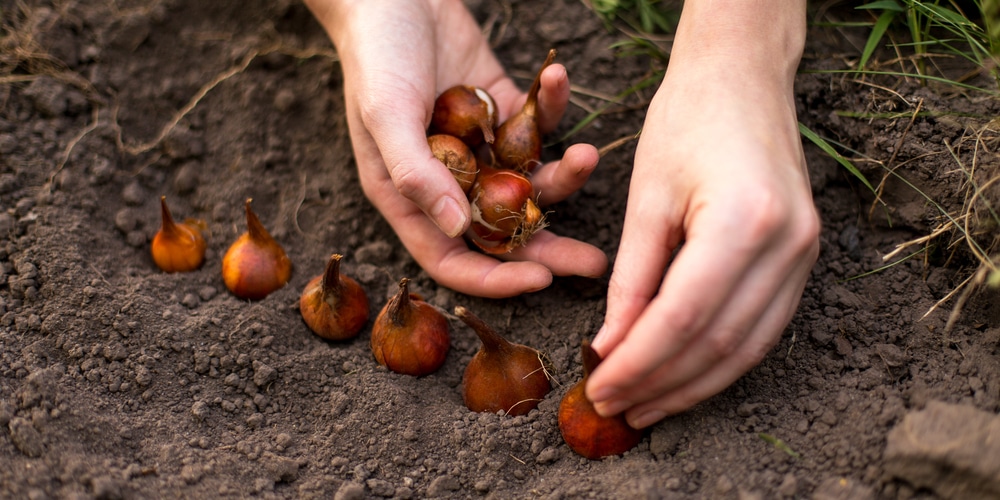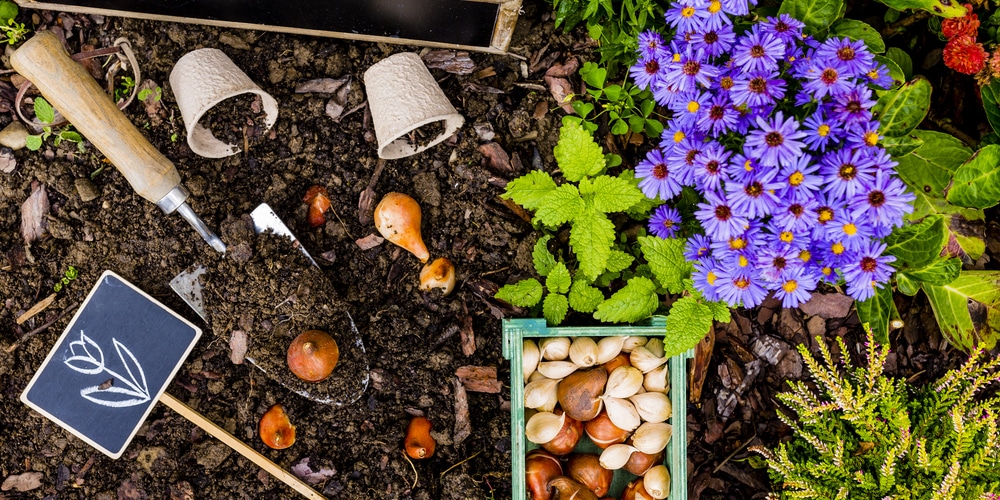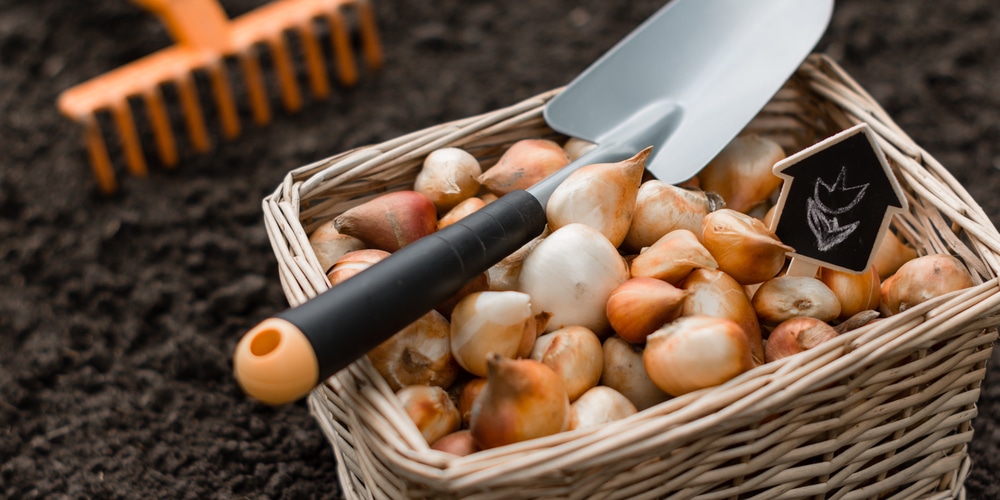Bulb plants can boost the curb appeal of any home exterior. Also, there are different types of bulbs. You can have bulb plants in your summer and winter garden. However, you will have to be careful while choosing bulbs.
You should avoid planting mushy, moldy, or soft bulbs. Additionally, you can choose different types of bulbs for your bay area garden. They will beautify your garden and create a relaxing environment for your family.
If you want to know when and how and what bulbs you need to plant, you can go through the following. We will answer all your queries. We will discuss when to plant bulbs in Bay Area. Moreover, we will cover the bulb types and the planting process.
When to plant bulbs in the bay area?
You can plant both spring-blooming bulbs and summer-blooming beauties. You can choose the type based on the season. For example, if you want to plant spring bulbs, you can consider daffodils and tulips.
When it comes to the planting time, you can start anytime between September and October. But you will have to avoid early planting. Early planting will not offer any benefit. Instead, it might damage your plant in the fall. Hence, you will have to start planting in the fall. But if you want summer beauties, you can think of gladiolus and dahlia. You can plant them in spring and have flowers in summer.
How to Plant Bulbs
Now that you have an idea of when to plant bulbs in the bay area, let’s look at how you should go about doing so:
- Choose the Right Spot: Your plant will not grow if you choose the wrong spot. Some bulbs can grow well in full sun. They need at least six hours of full sun and well-drained soil. You will have to find a location in your garden that has enough sun exposure and suitable soil.
- Plant Deep: Many people do not know how deep they should plant bulbs. Therefore, they cannot create a suitable growing environment. However, you will need a hole two to three times deeper than the bulb’s height. For example, if you have a two-inch tall bulb, you will have to plant it four to six inches deep.
- Keep the Pointy Side Up: Some bulbs will have a pointed head. If your bulb has this, you will have to keep that side up. If there is no such side, you can check for the roots. The end will go down.
- Mix Compost: As mentioned earlier, you will need well-drained soil for most types of bulbs. But make sure that your garden soil has organic matter. You can mix compost to ensure fast and proper growth. It is a must when you have wet ground or clay soil.
- Add Mulch: Also, you will have to protect your plants from weeds. Otherwise, weeds will steal nutrients and impair growth. The best way to protect plants from weeds is mulch. Yes, you can spread two to three inches of mulch on the top of the soil. Your plants can grow well in a favorable environment.
- Water Well: Bulbs will need moisture after planting. You can water plants to settle them with the soil. Also, watering will remove all the air pockets and moisturize the soil. But overwatering might harm your plants.
These are a few steps you can follow while planting bulbs. Also, you can plant smaller species, including scilla, crocus over bigger ones such as lilies, tulips, and daffodils. By doing so, you can have different colors in the same space.
Can I Plant Bulbs in Containers?

Yes, most bulbs can grow well in containers. You can plant your spring and summer favorites, including hyacinths, tulips, Callas, caladiums, and daffodils in containers. They will grow well on the ground and in containers in favorable conditions. You can replace your plants based on the season. You can have beautiful and colorful flowers in summer and spring.
When to plant bulbs in the bay area: Conclusion
Additionally, you can plant bulbs in groups instead of rows. They will look beautiful and add color to your landscape. It is better to have different types of bulbs to make your garden beautiful both in spring and summer.
Bulbs can be a great addition to any bay garden. Choose the right type and focus on proper planting. Find a suitable location, plant deep, and add water and mulch. You will appreciate your effort in the end.
Related Article: Can Bulbs Survive in USDA Hardiness Zone 9?

